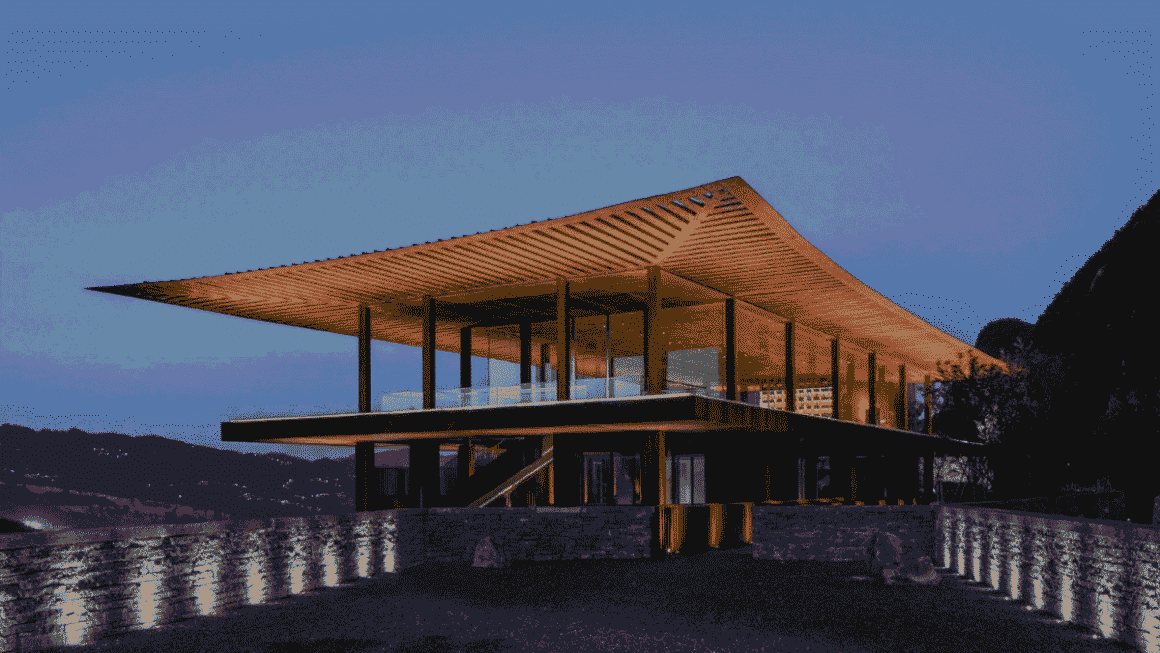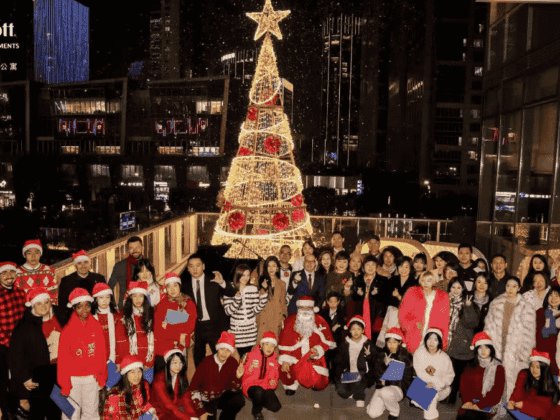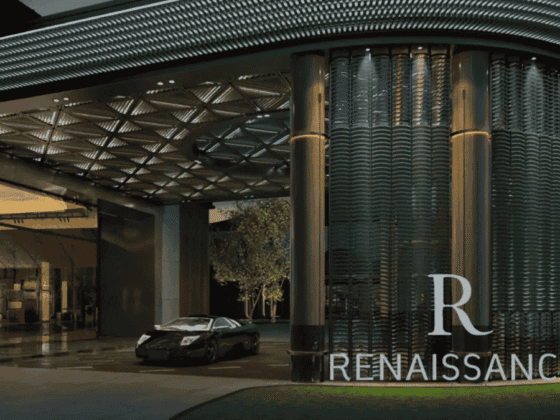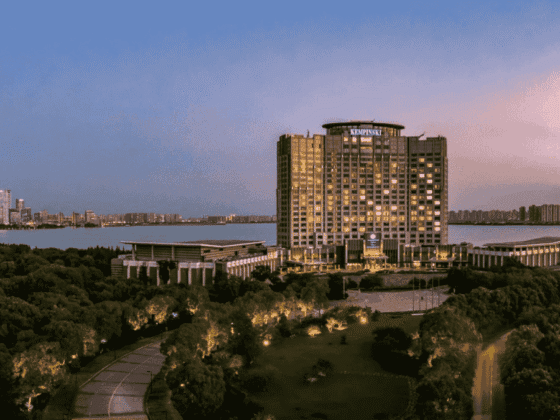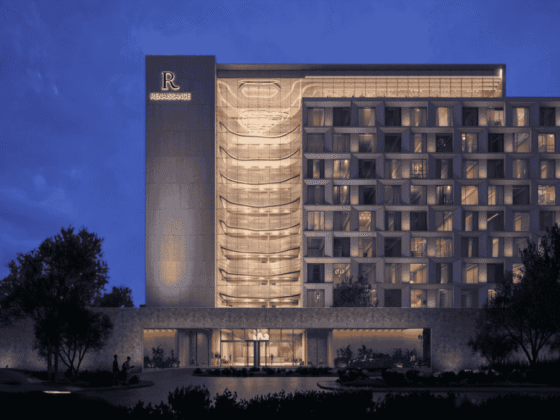Last night, the 2025 Pritzker Architecture Prize was awarded to 69-year-old Chinese architect Liu Jiakun, making him the second Chinese laureate after Wang Shu in 2012.
“Liu Jiakun uplifts through the process and purpose of architecture, fostering emotional connections that unite communities,” remarks Tom Pritzker, Chairman of The Hyatt Foundation, which sponsors the award. “There is a wisdom in his architecture, philosophically looking beyond the surface to reveal that history, materials and nature are symbiotic.”

In China’s contemporary architectural landscape, Liu Jiakun’s name is synonymous with poetry, vernacular spirit, and humanistic storytelling. Rooted in the soils of Sichuan, his works weave raw materials—concrete, red brick, bamboo lattices—into spaces that breathe with narrative. For travelers seeking to trace a city’s memory and soul through architecture, let this guide illuminate your pilgrimage through Liu’s built legacy.
Chengdu: Concrete Poetry & the Pulse of Everyday Life
Deer Wilds (Luyeyuan) Stone Sculpture Art Museum (Pixian, Yunqiao Village)

How to get there: A 40-minute drive from downtown Chengdu.
Architectural narrative: Tucked into bamboo groves by a murmuring stream, this museum frames Buddhist stone carvings with raw concrete. Slanting walls and interlaced corridors rise organically from the earth, where footsteps mingle with water’s whisper in a meditative symphony.
Curated experience: Visit on a sunlit afternoon when skylights cast dancing shadows on ancient reliefs—nature’s own exhibition. Meditate by the riverside, where architecture and wilderness converse in silence.
Ticket Price: 50 RMB
Opening Hours: 9:00 – 17:00
West Village(Xicun) (Qingyang District, Chengdu)

How to get there: 10-minute walk from Culture Palace Station (Line 4).
Architectural narrative: A colossal concrete “moat” encloses this community, its rooftop running track tracing Sichuan’s courtyard traditions in steel-gray geometry. Below, teahouses and hotpot dens simmer with Chengdu’s soul. Liu reimagines collective memory here—ascend to the track for a bird’s-eye view of a “three-dimensional Sichuan courtyard.”
Curated experience: Watch sunset gild the concrete, then join locals for open-air cinema in the sunken plaza, where spicy aromas and laid-back charm define Chengdu’s philosophy.
Wenchuan: Light Amidst Ruins
Hu Huishan Memorial Hall (Juyuan Town, Dujiangyan)

How to get there: Bus from Chengdu’s Chadianzi Station to Juyuan Town.
Architectural narrative: A 14-sqm tribute to a 15-year-old victim of the 2008 earthquake, this “smallest memorial” echoes temporary post-disaster shelters with corrugated roofs and red brick. Yet a skylight and walls etched with the girl’s diaries transform grief into enduring grace.
Curated experience: Crouch to read the inscriptions—a design choice demanding physical reverence. Sunlight pours through the door, illuminating loss and resilience.
Jiangnan: Reinventing Tradition
Suzhou Imperial Kiln Brick Museum (Suzhou, Jiangsu)

How to get there: 10-minute walk from Sunwu Memorial Garden Station (Line 4).
Architectural narrative: Built amid Ming-Qing kiln ruins, the museum resurrects history through a spiraling “kiln” form. Rammed earth, concrete, and shattered golden bricks (once reserved for imperial floors) coalesce under a conical skylight—a time capsule bathed in celestial light.
Curated experience: Contrast the museum’s rugged shell with glass-smooth brick exhibits. At dusk, chase sunbeams piercing brick lattices—a photographer’s golden hour.
Grand Canal Hangzhou Steelworks Park (Hangzhou, Zhejiang)

How to get there: An 800-meter walk from Hanggang Station (Line 4) or drive to “Grand Canal Hangzhou Steel Industrial Heritage Park.”
Architectural narrative: Rising from the ashes of a derelict riverside steel mill, Liu Jiakun employs a “light-touch intervention” to resurrect industrial grandeur. Blast furnaces, coking towers, and railway tracks stand as monumental relics, linked by weathering-steel footbridges. Transparent glass cubes nestle within concrete ruins—former workshops morph into art galleries, while a cooling tower transforms into a panoramic perch. Here, rugged industrial aesthetics collide with rewilded nature in a dialogue of memory and metamorphosis.
Curated experience: Ascend the transformed cooling tower at dusk to witness the surreal interplay of canal waters and steel skeletons. Return after dark when rust-red frameworks glow like skeletal embers under strategic lighting—a haunting homage to industry’s fiery past.
Songyang Cultural Neighborhood(Wenli·Songyang Three-Temple Cultural Cente) (Lishui, Zhejiang)

How to get there: 1.5-hour drive from Lishui to Songyang’s Ming-Qing temple complex.
Architectural narrative: In China’s best-preserved historic county, Liu revitalizes three dynastic temples via subtle interventions. Steel bridges link exposed timber frames; translucent cubes nestle among ancient stone plinths in a “ruin garden.” A Confucian hall becomes a stepped library, where rain patters on mossy courtyards.
Curated experience: Attend weekend markets where elders perform *Wu Opera* under colonnades—a dialogue across eras.
Future Rising: Resurrecting Industrial Relics
Erlang Town Tianbao Cave Revitalization (Luzhou, Gulin County)

How to get there: 2-hour drive from Luzhou; pair with Chishui River scenic routes.
Architectural narrative: Liu reimagines abandoned liquor-storage caves as a cultural complex. Steel walkways thread between colossal fermentation vats, while raw concrete clashes with moss-kissed limestone—a surreal theater where industry meets art. Dubbed “China’s answer to Tequila’s Cave Museums,” this avant-garde project already stirs global intrigue.
Curated experience: Capture bioluminescent “wine moss” on cave walls (a collaboration of time and microbes). Note: Temperatures hover at 18°C—bring a jacket.
Epilogue: Architecture as Earth’s Poetry
Liu’s works shun spectacle but command contemplation: sunlight seeping through brick fissures, rain tracing concrete’s texture, ruins whispering tales of trauma and rebirth. This journey is more than architectural homage—it’s a meditation on land, memory, and dignity. Let these “structures born of soil” awaken your senses. They’ll whisper the answer: *This* is China’s modern vernacular.
Note: Some sites require advance booking. Check accessibility before visiting.
Secret Gem: The Sifang Hotel Nanjing, Autograph Collection

Thirteen years ago, Liu Jiakun crafted a visionary hospitality project as part of the China International Practical Exhibition of Architecture—a cluster now reincarnated as the Sifang Hotel Nanjing, Autograph Collection. Tasked with designing its reception hub, Liu conceived a complex housing the lobby, banquet halls, and guest rooms that harmonize with the undulating landscape of Laoshan National Forest Park.
Architectural narrative: The main building hovers almost level with the surface of Foshou Lake, while guest rooms cling to ridges like organic extensions of the terrain. A serpentine corridor frames ever-shifting vistas of mist-wrapped hills and water. Crafted with humble black, white, and gray concrete blocks—materials ubiquitous in rural China—Liu reimagines vernacular textures into a contemporary “mountain-water settlement,” bridging modernist rigor with the poetic spirit of traditional Jiangnan villages.
Curated experience: Stroll the elevated walkway at dawn, when sunlight spills across the lake, casting geometric shadows through the concrete lattice. Post-2021, the property’s rebranding under Marriott’s Autograph Collection has polished its amenities without dulling Liu’s raw, earthy ethos—a rare balance of luxury and architectural authenticity.
